|
|
|||||
 |
|||||||||||
|
I have owned my Roundhouse Criccieth Castle for 3 years now, it’s a lovely loco and the first one that I bought when the garden railway bug bit me. But there have always been 6 little niggling things that I've never liked about it, so now, I decided, is the time to address these problems. First. The Radio Control:- Mine was supplied with an ACOMS 2 channel 2.4GHz controller of the type used for model cars, with a wheel for steering and a trigger for speed and direction. Roundhouse had wired up the R/C in such a way that the steering wheel gave speed with forward / reverse whilst pulling on the throttle trigger sounded the horn. I have never liked this arrangement as I find it cumbersome to use, also I've found that the ACMOS R/C is very limited in it's range so I decided to change it for a Planet 5 system with the miniature R4Ms receiver, this fits neatly into the same position as the ACMOS receiver underneath the loco. Second. The Driving Lights:- I need to change the yellow LED front and rear driving lights for bright white LEDs as I could never see the point of them being yellow in the first place. If they're driving lights then surly they need to be as bright as possible. This turned out to be a nice straightforward job to do as it was simply a case of unsoldering the 4 old LEDs from their mounting strips and soldering in the new ones. |
|||||||||||
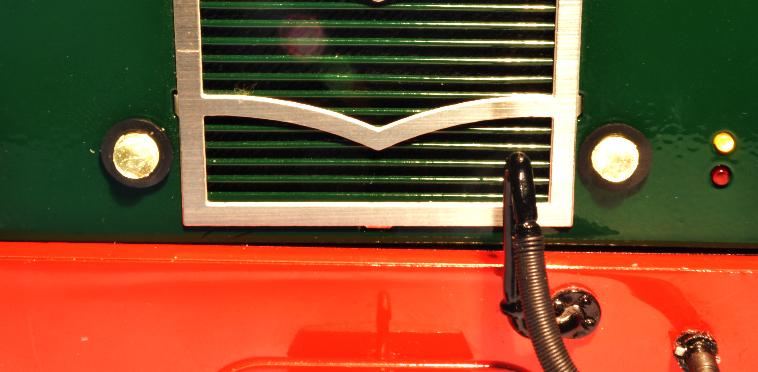 |
|||||||||||
|
Third. The Side Lights:- These are 4 LEDs, 2 front and 2 rear, one red and one yellow at each end and these are always on, it doesn't make sense to me to always show red and yellow, surely it should be yellow at the front and red at the rear changing colour when the direction of travel is reversed. The polarity of the LEDs is not correct for what I need to do so I need to reverse the polarity of the red LED on the front of the loco and the Yellow LED at the rear. It was at this point that I discovered that Roundhouse had glued them into the mounting brackets on the bodywork so there was no other alternative other than breaking them out and fitting new ones. With the LEDs now wired correctly I needed some way of driving them. |
|||||||||||
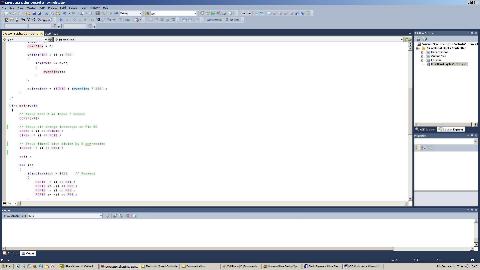 |
|||||||||||
|
For me, the easiest way to do this is with a micro controller and a bit of C code to intercept the direction data from the R/C receiver and to drive the LEDs accordingly. |
|||||||||||
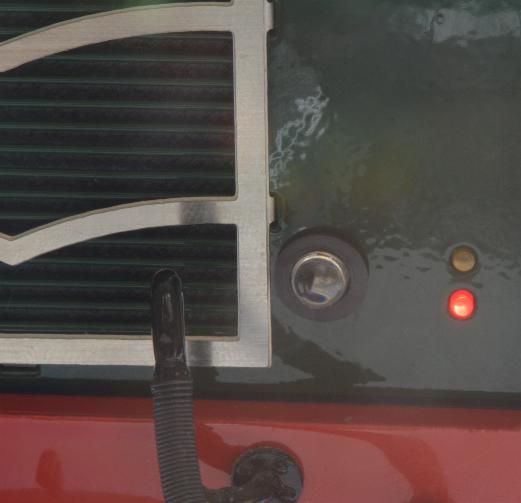 |
|||||||||||
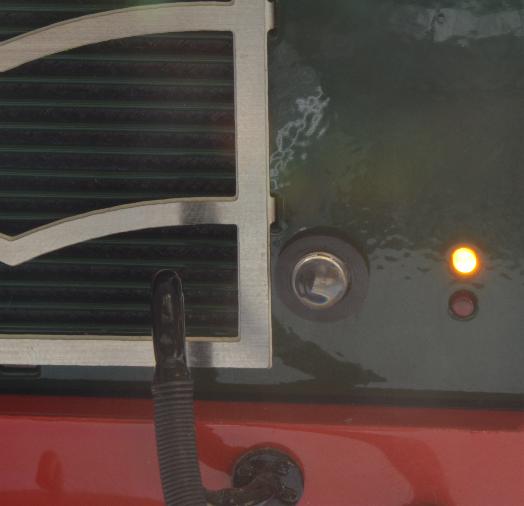 |
|||||||||||
|
I fitted the micro controller along side the R/C receiver underneath the chassis with the chip easily accessible if I need to play around with the code in the future. |
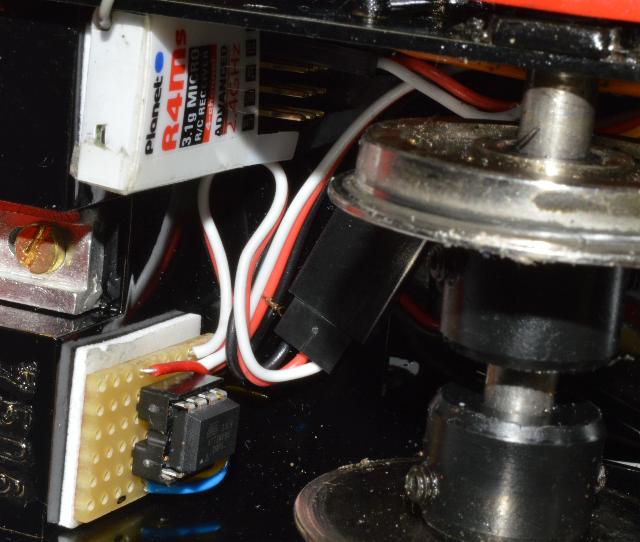 |
|||||||||||||||
|
Fourth. The Sound:- It’s far too loud, there is a switch for turning the sound off but on removing the bodywork and examining the sound module, I discovered that there was a volume control fitted to it, so this turned out to be an easy one to fix. |
|||||||||||||||
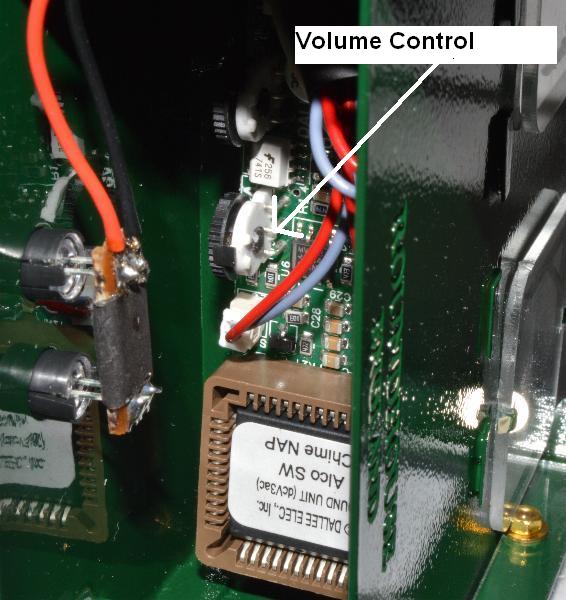 |
|||||||||||||||
|
Fifth. The Radiator Grill:- You can see the loud speaker for the sound module through it and it looks awful, so some sort of internal cover was needed. |
|||||||||||||||
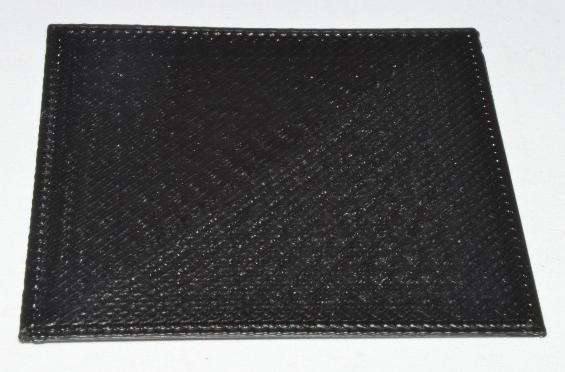 |
|||||||||||||||
|
After an unsuccessful search around for a bit of thin black plastic I decided to custom make one on the 3D printer out of black ABS and thin enough to be held in place by the tabs of the radiator grill where they poke through the bodywork. |
|||||||||||||||
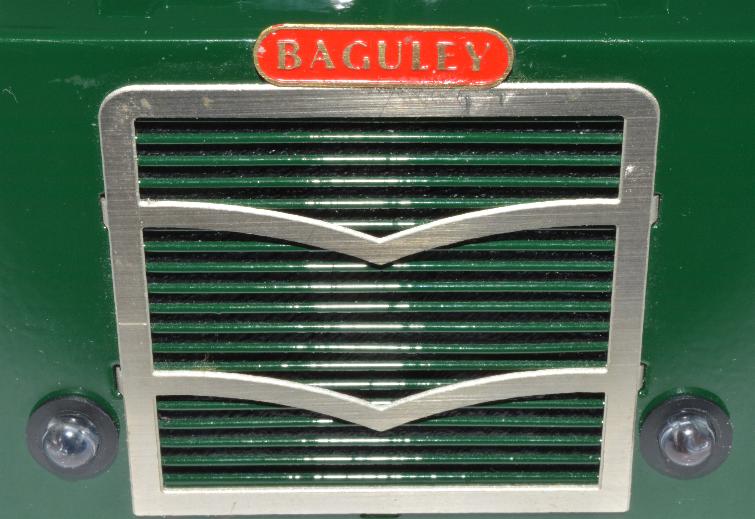 |
|||||||||||||||
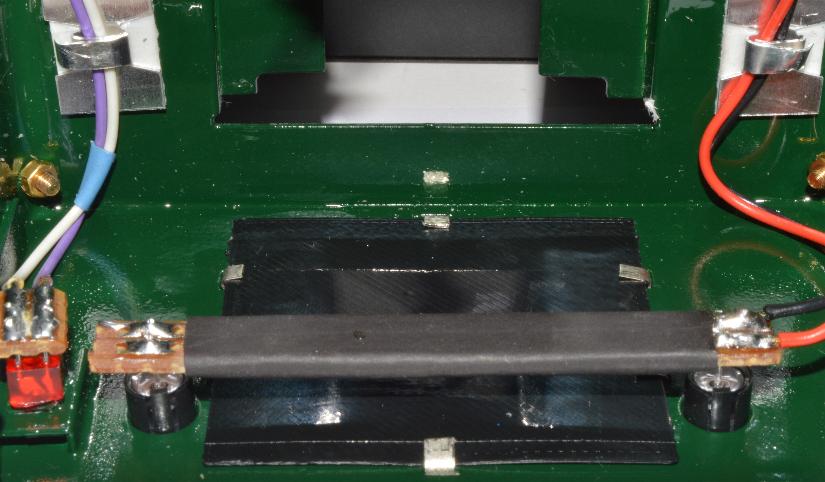 |
|||||||||||||||
|
Then one final thing, which I wasn’t planning on doing, is when looking at the data sheet for the sound module, I noticed that it had a bell as well as a horn. It only took a bit of wire and a switch (the hole for the switch is already there) and now I can change between the two. |
|||||||||||||||
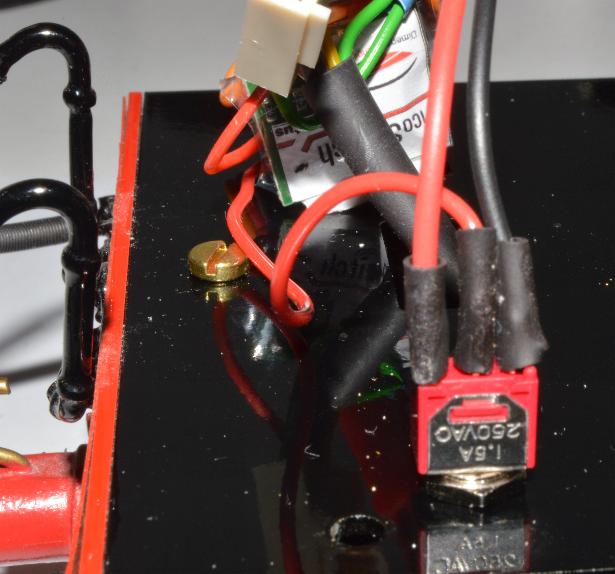 |
|||||||||||||||
|
So that’s it, job done and now I have a Criccieth Castle which I’m really happy with rather than one which was just OK. |
|
Sixth. The single lever control:- This is the control for forward / reverse and speed all being on the same R/C channel. I was going to live with it, but I find that 2 lever, control with left for speed and right for forward and reverse, gives a much better driving experience. There are 2 ways that I could do this:- Firstly, change the Loco Glide ESC for one (of my own design) which would give control from 2 channels, this would be difficult to do as there is very little spare space inside the body and would mean major changes to the loco. Secondly, the preferred option as it is a completely reversible change to make, is to intercept the speed and direction data from the R/C receiver, combine it, then process the data to reproduce the original data that is sent to the ESC. Sounds complicated, it is. The micro-controller that I used to switch the directional side lights wasn’t up to the job as it only has 8 bit timers and to generate the signal for the ESC I need 16 bits. So this afternoons job was to re-write the code for a different micro-controller and to make up a small circuit board to mount in the same place as the original one underneath the loco and next to the R/C receiver. |
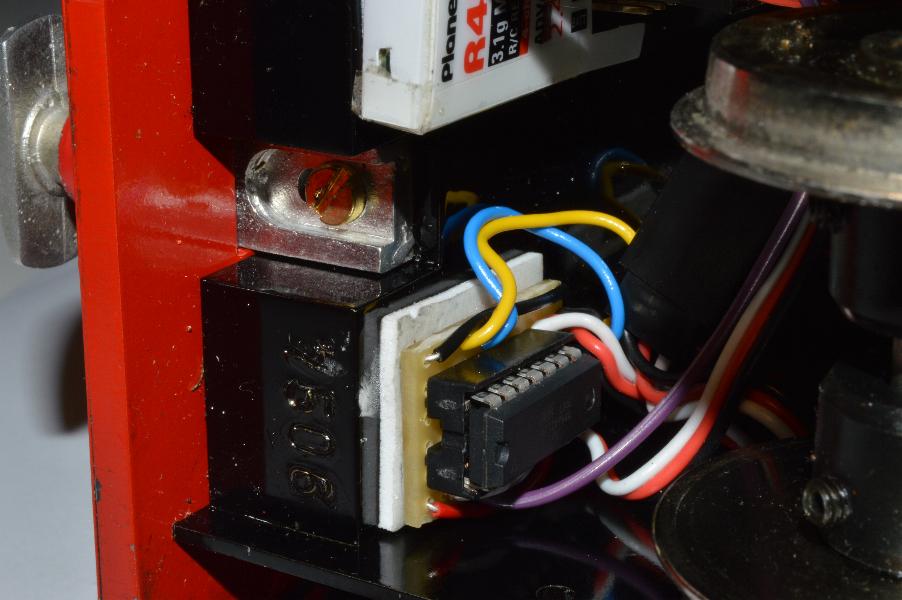 |
|
Then it was just a case of connecting it all up, switching it on and going through the setup sequence for the Loco Glide ESC. A test on the rolling road (2 blocks of wood) not only showed that all was working perfectly but the throttle control was a lot better than I expected, giving much finer control as well as a slightly higher full speed. |
| [Home] [Projects] [Data Wagon] [Standish Hall] [Anti-Gravity Train] [Criccieth Castle] |